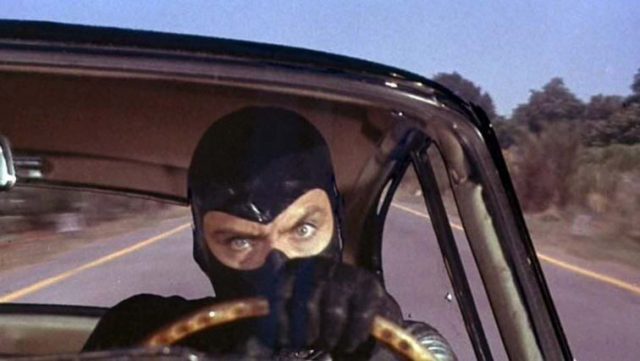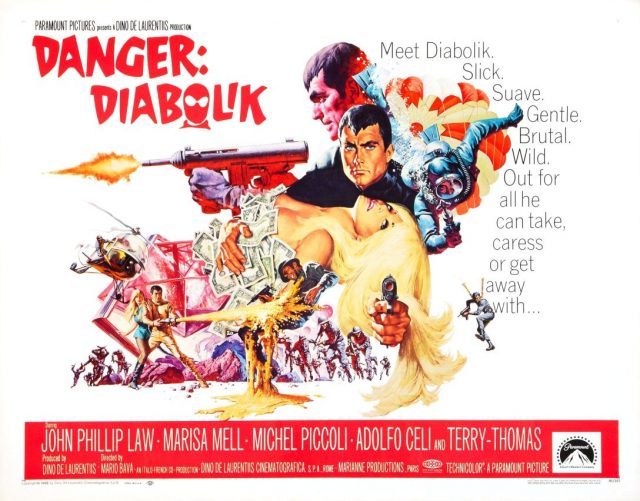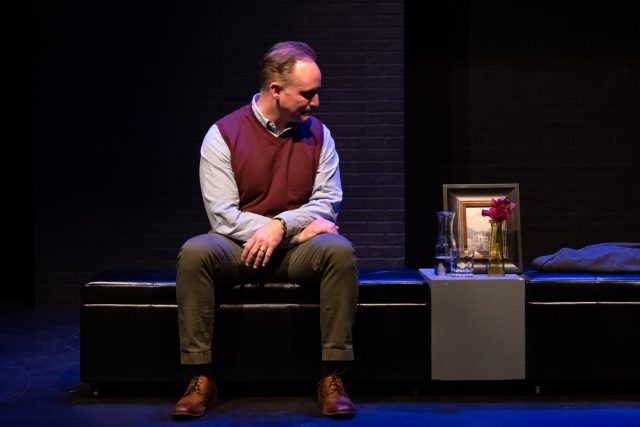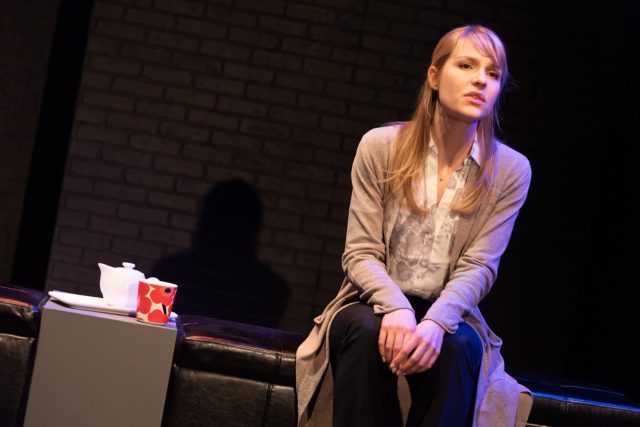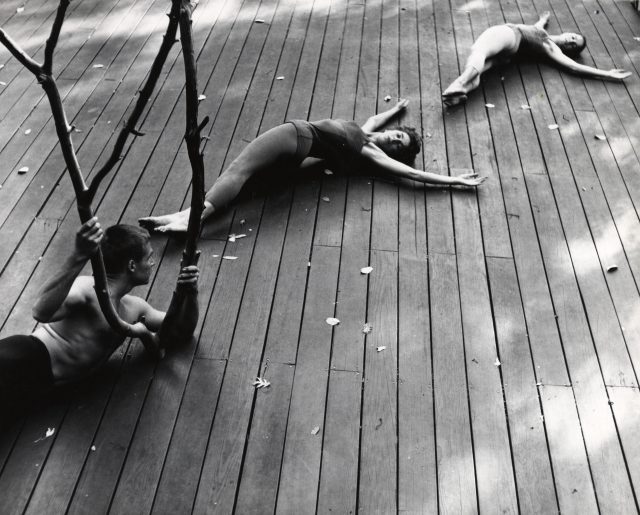
Anna Halprin, “The Branch,” 1957. Performed on the Halprin family’s Dance Deck, Kentfield, California, 1957. Performers, from left: A. A. Leath, Anna Halprin, and Simone Forti (Photo by Warner Jepson. Courtesy of the Estate of Warner Jepson)
MoMA, Museum of Modern Art
11 West 53rd St. between Fifth & Sixth Aves.
Through February 3, $25
212-708-9400
www.moma.org
On April 24, 2010, I was observing revolutionary dancer and choreographer Anna Halprin lead a workshop at Judson Memorial Church when she saw me sitting by myself, came over to me, grabbed my hand, and playfully demanded that I participate. Soon I was making a drawing, running around in circles, and sliding across the floor. Halprin, who is ninety-eight, is one of numerous artists being celebrated in the wonderful MoMA exhibition “Judson Dance Theater: The Work Is Never Done,” which continues through February 3. The wide-ranging show consists of approximately 275 photographs, videos, posters, scores, sketches, instructions, programs, announcements, audio clips, newspaper articles, and other ephemera detailing the history of the arts institution that began in the lovely and historic Judson Memorial Church, located on Washington Square South, in 1962, five years after the church started hosting gallery shows by such artists as Robert Rauschenberg and Claes Oldenburg. Throughout the run of the show, there have also been live performances in MoMA’s Marron Atrium.
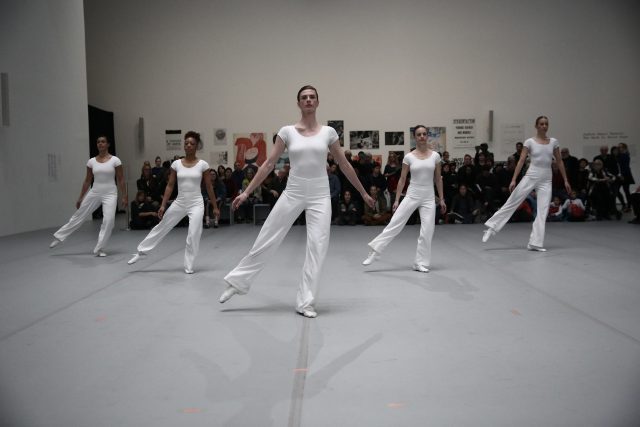
Lucinda Childs, Interior Drama, 1977. Performed in “Lucinda Childs: Early Works, 1963–78,” as part of “Judson Dance Theater: The Work Is Never Done,” performed by Katie Dorn, Sarah Hillmon, Sharon Milanese, Caitlin Scranton, and Shakirah Stewart (Digital image © 2018 the Museum of Modern Art, New York. Photo by Paula Court)
“So, what was Judson? It was a place. It was a group of people. It was a movement,” MoMA media and performance art curator Ana Janevski says on the audio guide. Associate curator Thomas J. Lax adds, “Judson was a group of emerging choreographers, visual artists, composers, and filmmakers. A new kind of avant-garde. They rehearsed, experimented, argued, collaborated, and in the process transformed the world of dance together.” The exhibition highlights choreographers Lucinda Childs, Merce Cunningham, Yvonne Rainer, Steve Paxton, Trisha Brown, Simone Forti, David Gordon, and James Waring, composers La Monte Young, John Cage, and Philip Corner, dancers Fred Herko, Rudy Perez, and Judith Dunn, visual artists Carolee Schneemann, Stan Vanderbeek, Robert Morris, Robert Whitman, Rosalyn Drexler, Fred McDarrah, Oldenburg, and Rauschenberg, and dance critic Jill Johnston. There’s an entire section devoted to Halprin and her architect husband, Lawrence Halprin, including photographs, exercises, a letter from Young, a Cunningham lecture, and more centered around their Dance Deck summer workshop.
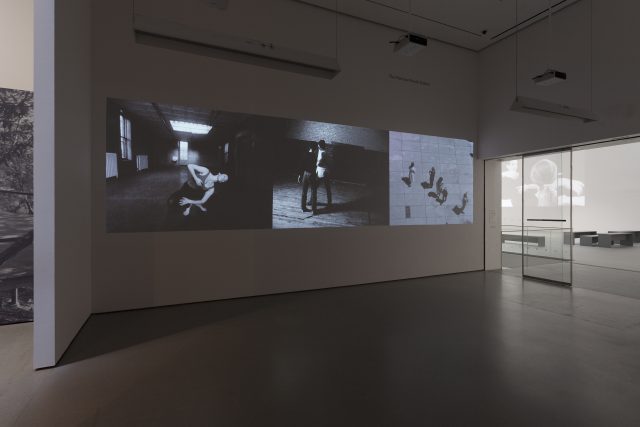
Installation view of “Judson Dance Theater: The Work Is Never Done” (© 2018 the Museum of Modern Art. Photo by Peter Butler)
Just as I took part in one of Halprin’s workshops at Judson Memorial Church, you can participate in a class or workshop in MoMA’s atrium being taught by Movement Research, which has been based at the church since 1991. There will be morning classes taught by Nial Jones, Joanna Kotze, Bebe Miller, and Paloma McGregor, afternoon somatics classes with mayfield brooks, iele palooumpis and Jaime Ortega, Bradley Teal Ellis, and K. J. Holmes, and workshop manifestations with Ellis, brooks, and Jennifer Monson, in addition to a reading group, the “Tracing Beyond” Studies Project with panelists Ambika Raina, Miguel Gutierrez, Parijat Desai, Tara Aisha Willis, and David Thomson on January 24, and Fun Friday on January 25 with Antonio Ramos. All events are free with advance registration and will give you an inside look at what has made Judson Dance Theater so influential and critical in the history of dance and performance in New York City and around the globe. “Judson is Open Arms, Judson is Big Momma,” dancer, choreographer, and teacher Aileen Passloff explains on the audio guide. “Judson is come in whatever you need we’re gonna try to give it to you. You will need a shower, come here. There’s a shower, there’s a toilet, there’s a place to eat your lunch. You want to practice, there’s a place to practice. You know the thing about those guys is, well, they believed in us, and they believed in the world.”
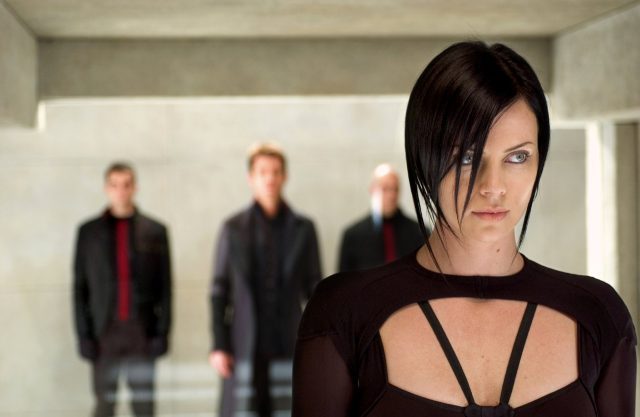
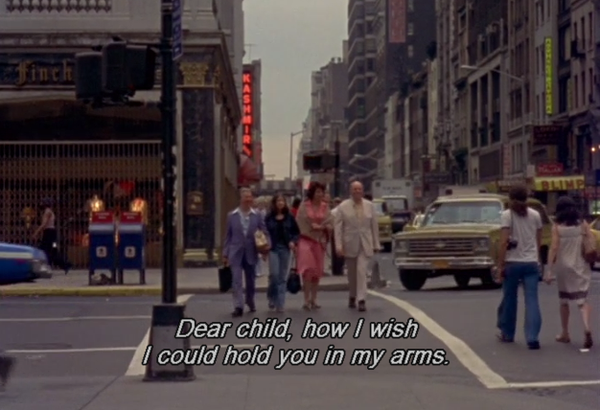
 In 1971, twenty-year-old Chantal Akerman moved to New York City from her native Belgium, determined to become a filmmaker. Teaming up with cinematographer Babette Mangolte, she made several experimental films, including
In 1971, twenty-year-old Chantal Akerman moved to New York City from her native Belgium, determined to become a filmmaker. Teaming up with cinematographer Babette Mangolte, she made several experimental films, including 




